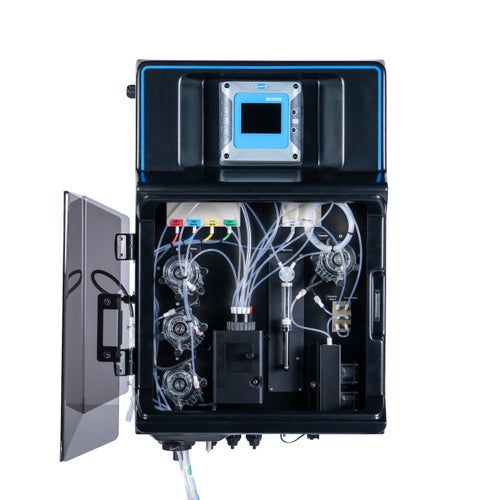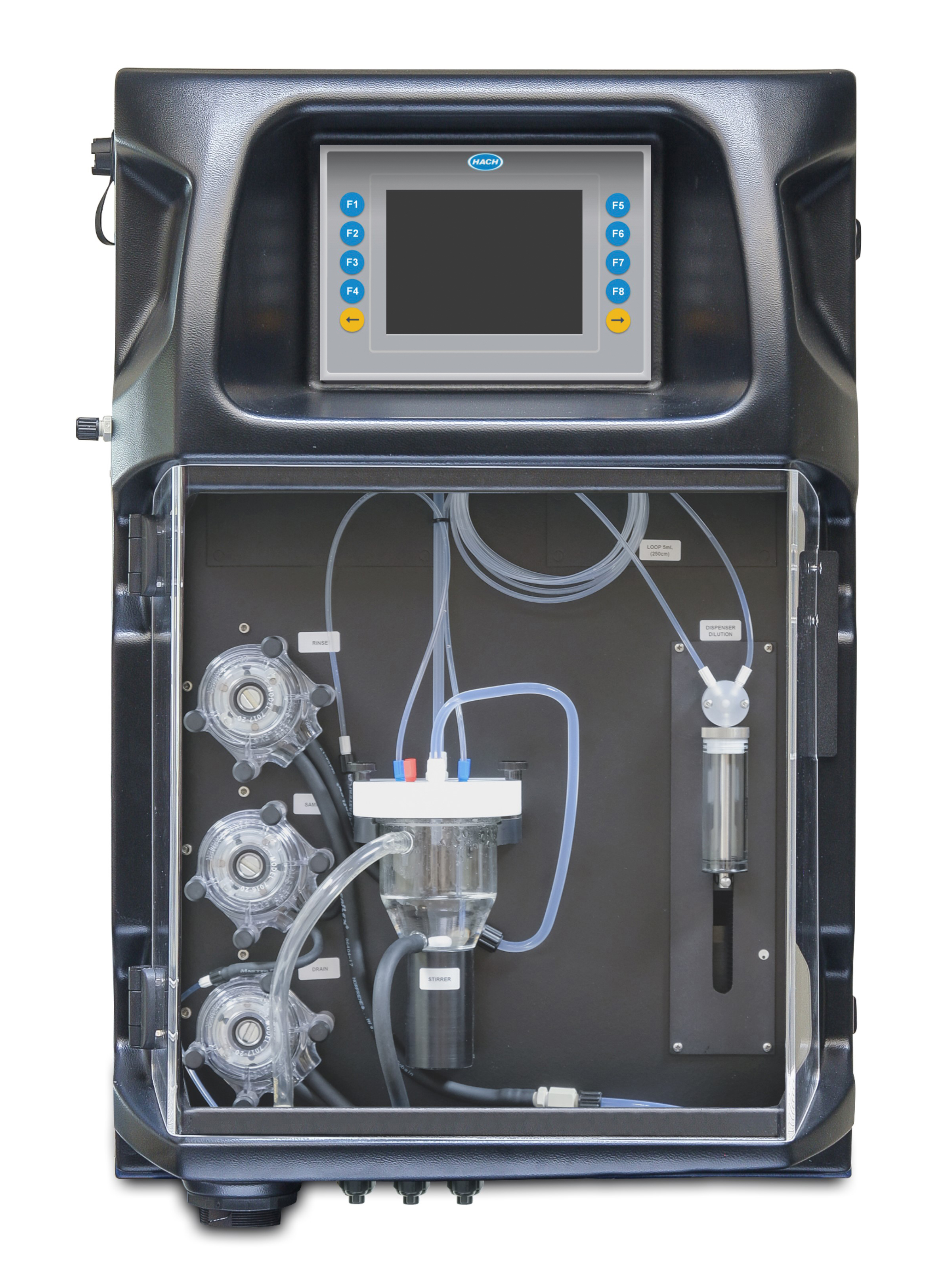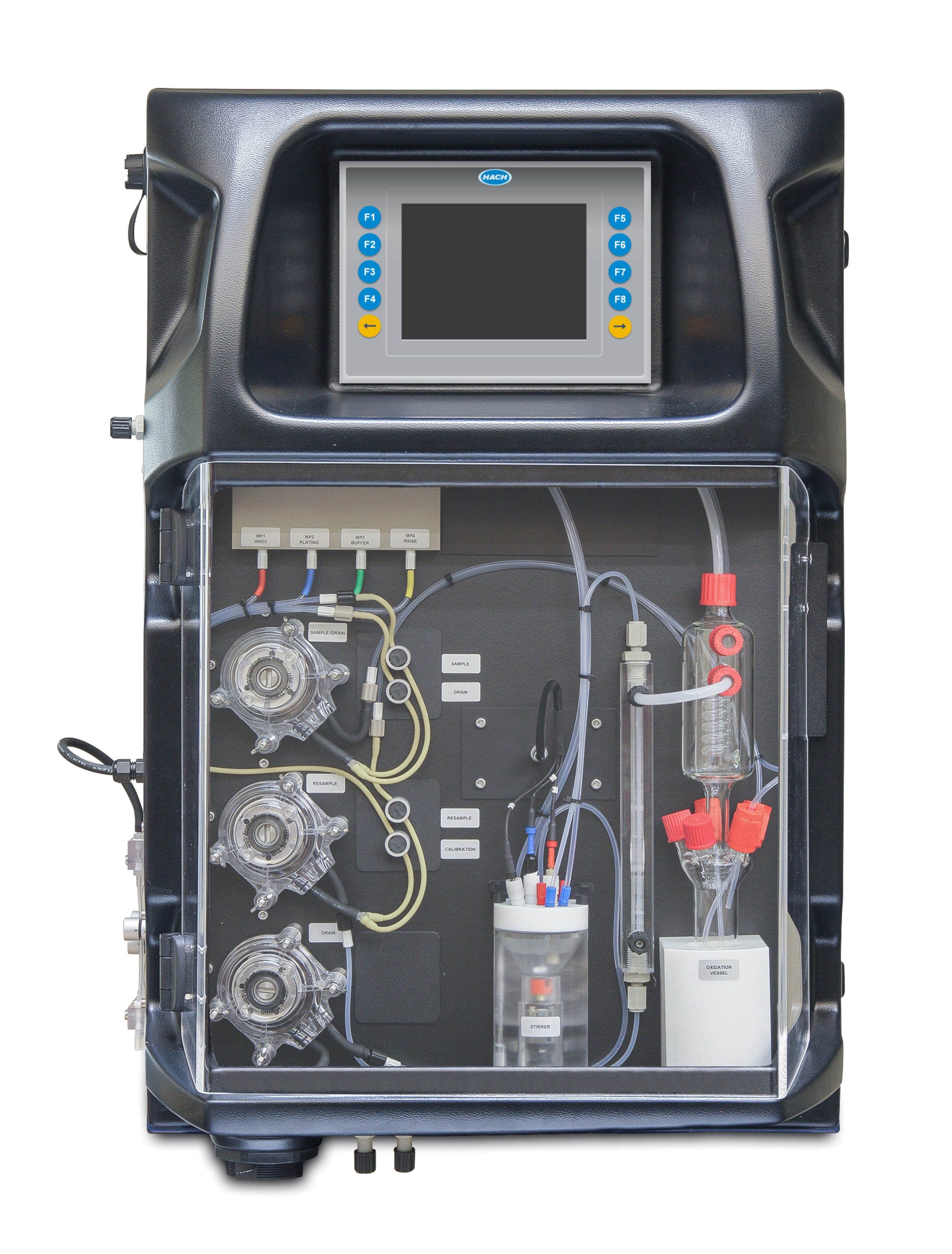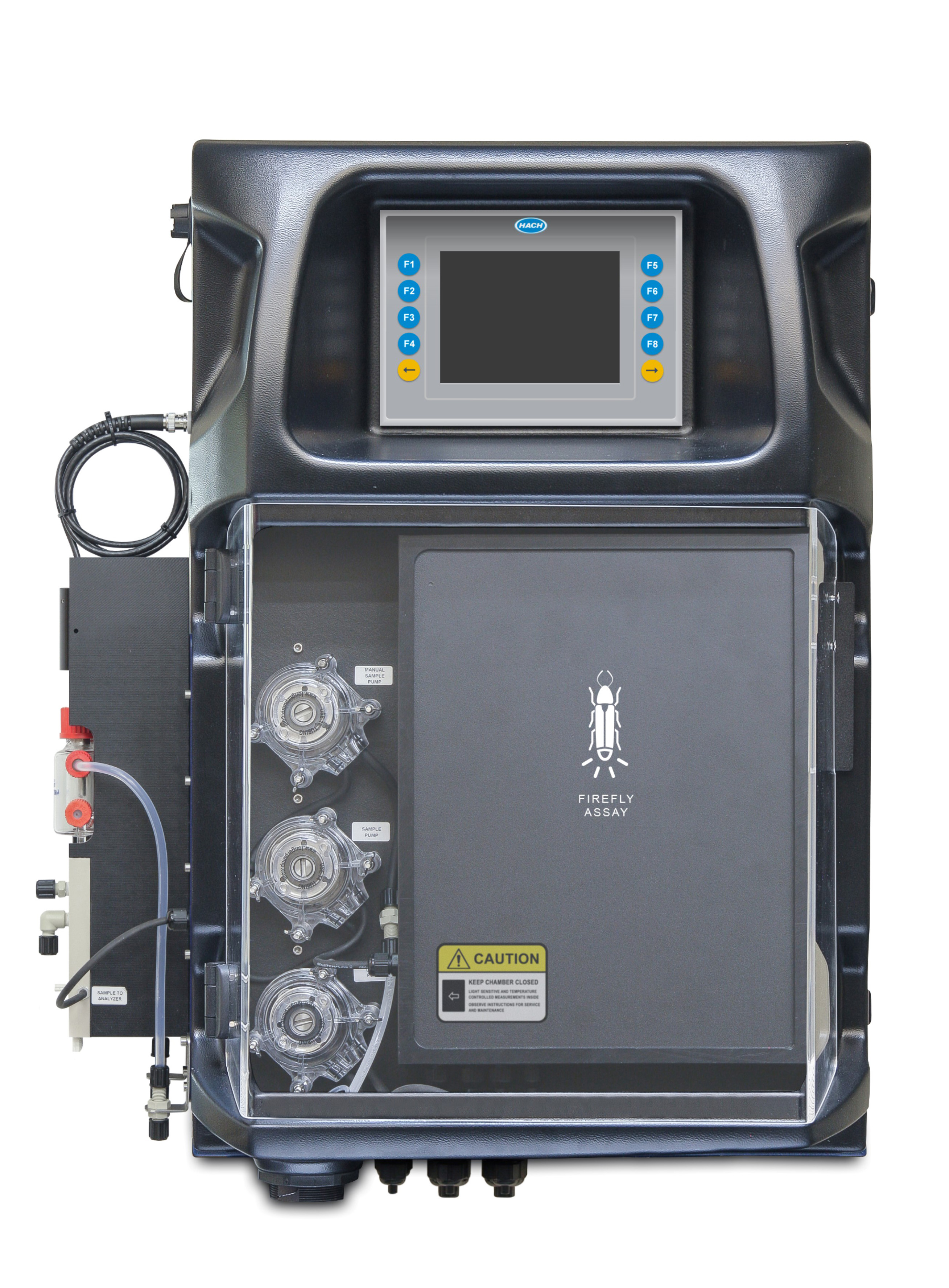.jpg)
Risk mitigation, compliance, safety and process uptime: these are common requirements in water management in every industry. The EZ sc and EZ Series Online Analyzers from Hach® provide a solution for continuously monitoring parameters that are critical to these concerns.
The EZ sc and EZ Series Online Analyzers include new and unique parameters, numerous measurement ranges and provide data 24/7 — so you can make faster decisions. All instruments come in the same rugged mainframe with a compact footprint and a common user interface on industrial panel PCs, keeping training efforts low.
With continuous monitoring from EZ sc and EZ Series analyzers, you can detect trends and identify potential issues — before they become problems.
The EZ series evolves into the updated EZ sc version, improving the user experience with a more intuitive interface while maintaining the flexibility, accuracy and reliability that distinguish these online process analyzers.
The EZ sc analyzers feature:






Wide Analytical Range
The EZ sc and EZ Series suite of analyzers is the complete solution for the water cycle, measuring innovative parameters such as toxicity, VFA/TAC and trace metals, along with organics, inorganics and nutrients. Whether for drinking water, wastewater or industrial applications, you can optimize a wide range of treatment processes with the EZ Series.
Flexibility
EZ sc and EZ Series of online analyzers offer you the ultimate in flexibility, with a variety of measuring ranges, multi-stream capabilities (up to 8 channels) and multiple parameter options — including total or dissolved metals. Be confident in the accuracy of your analysis, with automatic calibration and validation — or choose to introduce your own sample or standard into the analyzer via the grab-sample port.
Faster Decisions
With EZ sc and EZ Series technology, you can improve process control, avoid downtime and ensure compliance with 24/7 data availability. Administrator access and activated/deactivated menu keys provide customizable access levels for data security and a variety of analog and digital communication outputs support easy integration into your systems.
Expand Your Capabilities
Reliable monitoring of remote locations or unmanned plants allows staff to focus on other tasks. All EZ sc and EZ Series share spare parts thus requiring less inventory and a common user interface reduces training efforts. Automatic cleaning between samples eliminates cross-contamination. All of this adds up to improved performance in your plant.
Choose Among Five Different Technologies:
•Titration •Colorimetry •Chemiluminescence •ISE •Voltammetry
Biological contamination of water represents a major risk to plant, equipment and human health. Waterborne microorganisms represent a problem in many situations where water purity and hygiene are essential and where process optimization is crucial as well. Water utilities, oil & gas facilities, chemical manufacturers, data centers, bottling plants and power stations, therefore, measure microbial load to help minimize corrosion and optimize plant performance to alert you to possible bacterial outbreaks.
Biofilm formation is a threat to the proper functioning of cooling water systems. Bacterial activity must be monitored and controlled by the use of biocides.
Where biofilms can form, proper monitoring and treatment can reduce clogged or fouled filters, corrosion and lowered oxygen (leading to lowered pH) in the process stream.
Reverse osmosis demineralization processes are also at risk of biofilm fouling, increasing operational and maintenance costs.
Biofiltration monitoring
Drinking water distribution
Online microbiological monitoring is a useful and highly sensitive tool for demonstrating Log Removal Values of various unit processes used in direct and indirect potable reuse treatment.
Recycled water/water reuse
Traditionally, microbiological load or contamination was measured manually in a lab setting. But now, with the Hach EZ7300 online ATP analyzer, microbiological activity can be measured continuously within the process stream, delivering data that allows operators to intervene as soon as a change in the activity is observed.
The EZ7300 determines total bacterial content by measuring ATP of any type of microorganism present in the water sample. And by quantifying intracellular, extracellular and total ATP in the sample, operators can now differentiate ATP in a living cell versus ATP released from a cell that has been subject to disinfection or lysis.
The EZ7300 series can also be used to measure the effectiveness of the biocides being used in the treatment process, to optimize the dosing regime and help avoid damage to health, environment and infrastructure.
Contact us for tech support, service, sales, or to get a quote.